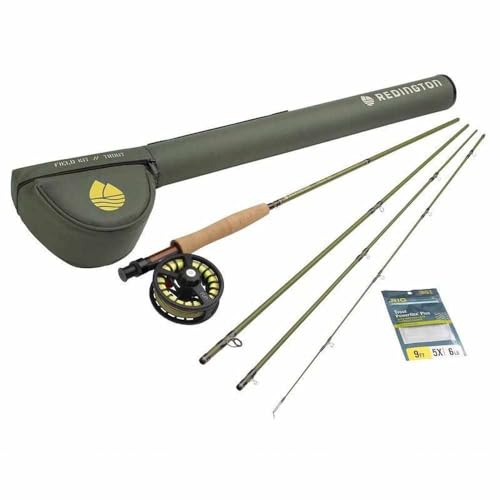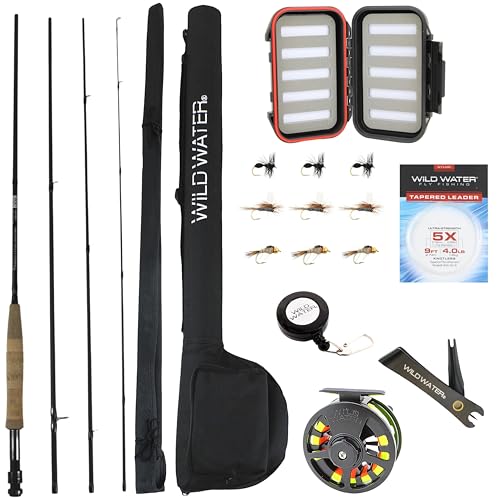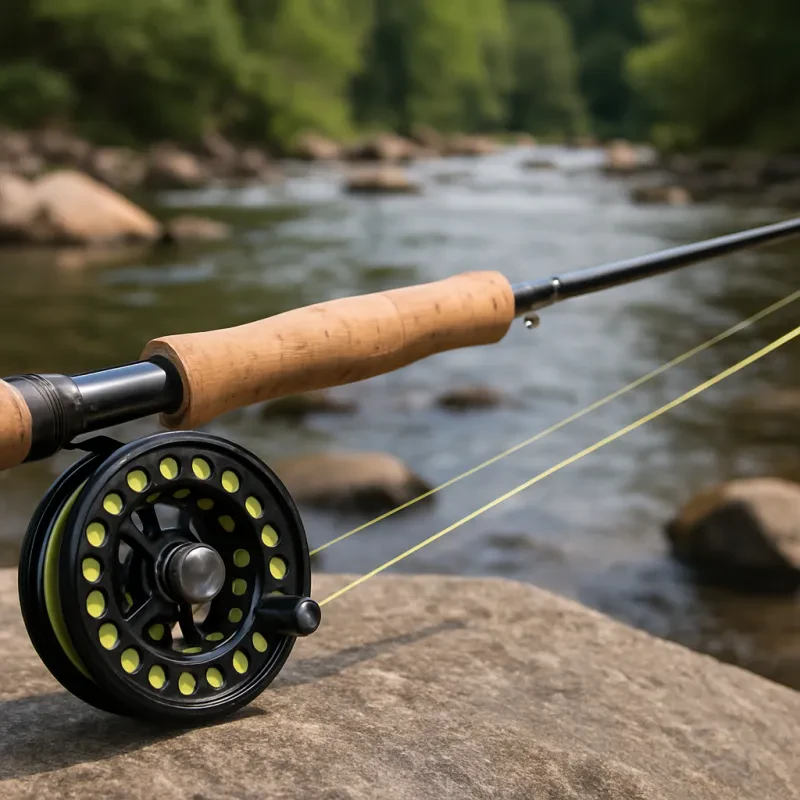In the diverse and rich waters of West Virginia, amidst the breathtaking landscapes that define the Appalachian region, thrives a unique and somewhat elusive fish species known as the tiger trout. This hybrid marvel, a cross between a female brown trout (Salmo trutta) and a male brook trout (Salvelinus fontinalis), is celebrated not only for its distinctive appearance but also for its spirited fight, making it a prized catch for anglers. This article delves into the fascinating world of tiger trout in West Virginia, exploring their characteristics, habitats, and where in the state you can embark on an exciting fishing adventure to catch these remarkable creatures.
What is a Tiger Trout?
Tiger trout are a rare and naturally occurring hybrid, though most found in waters accessible to anglers have been stocked by fishery departments to enhance fishing experiences and manage ecosystems. These fish are sterile, which means they cannot reproduce, a trait that allows wildlife management to control their populations effectively.
The name "tiger trout" comes from the pronounced, dark, vermiculated (worm-like) pattern across their body, reminiscent of a tiger's stripes. This pattern overlays a coloration that can range from olive green to a brownish hue, blending beautifully with the streams and rivers they inhabit. They are known for their aggressive feeding habits, which, combined with their rarity and striking appearance, make them a coveted catch for freshwater anglers.
Characteristics of Tiger Trout
Tiger trout can vary significantly in size depending on their habitat and the availability of food sources. In West Virginia, they typically range from 10 to 20 inches in length, with some exceptional specimens exceeding this. Their diet consists mainly of insects, smaller fish, crustaceans, and other aquatic organisms, making them a top predator in their ecosystem.
One of the reasons tiger trout are so valued by anglers is their challenging nature. They are known to be more aggressive and elusive than many other trout species, offering a rewarding experience for those who manage to hook them. Their aggressive strikes, powerful runs, and aerial acrobatics make them an exciting target for fly fishermen and spin anglers alike.
Tiger Trout Habitats in West Virginia
West Virginia's mountainous terrain, fed by countless springs and snowmelt, provides an ideal setting for cold-water species like the tiger trout. The state's Department of Natural Resources has been proactive in stocking tiger trout in select waters, offering anglers a unique opportunity to target these fish. Here are a few streams and rivers in West Virginia where tiger trout can be found:
Spruce Knob Lake: Nestled in the Monongahela National Forest, Spruce Knob Lake is the highest lake in West Virginia. Its cold, clear waters are a perfect habitat for tiger trout, making it a popular destination for anglers looking for a serene and scenic fishing spot.
South Branch of the Potomac River: This river, particularly around the Smoke Hole Canyon area, has been stocked with tiger trout. The rugged terrain and the diverse aquatic ecosystem make it an ideal habitat for these hybrids, offering a challenging fishing experience in stunning surroundings.
Williams River: Flowing through the heart of the Monongahela National Forest, the Williams River is known for its excellent trout fishing. The secluded stretches of this river provide a perfect habitat for tiger trout, along with brook, brown, and rainbow trout.
Shavers Fork: Another gem located in the Monongahela National Forest, Shavers Fork is renowned for its cold, clean water and abundant trout populations. Accessible by the Cheat Mountain Salamander train, it offers a unique wilderness fishing experience, including the chance to catch tiger trout.
Elk River: Particularly below the Webster Springs area, the Elk River is stocked with various trout species, including the elusive tiger trout. Its cool, spring-fed waters and diverse aquatic habitats make it a favorite among anglers seeking a variety of trout.
Tips for Catching Tiger Trout in West Virginia
Catching tiger trout requires patience, skill, and a bit of luck. Here are a few tips to increase your chances:
- Use the Right Gear: Lightweight rods and reels are typically preferred. For fly fishing, small streamers that mimic minnows or other trout can be effective, as well as nymphs and dry flies. Spin fishermen should consider small spinners, spoons, or soft plastics that resemble the natural prey of tiger trout.
- Be Stealthy: Tiger trout are wary and can be spooked easily. Approach streams and rivers quietly, keeping a low profile to avoid casting shadows on the water.
- Fish During Optimal Times: Early morning and late evening are typically the best times to catch tiger trout, as they are more active and feeding during these periods.
- Pay Attention to Water Conditions: After rainfall, when the water is slightly murky, can be an excellent time to target tiger trout, as they may be more aggressive and less cautious.
- Practice Catch and Release: Since tiger trout are stocked for sport and cannot reproduce, practicing catch and release ensures that other anglers can enjoy the thrill of catching these beautiful fish.
Tiger trout offer a unique and exhilarating fishing experience in the wild and scenic rivers and streams of West Virginia. Their distinctive appearance, aggressive behavior, and the challenge they pose to anglers make them a fascinating target for those fishing in the Mountain State. Whether you're a seasoned fly fisherman or a casual angler, pursuing tiger trout in West Virginia's pristine waters is sure to provide an unforgettable adventure. Remember to respect local regulations, practice sustainable fishing practices, and cherish the natural beauty of West Virginia's aquatic habitats.







